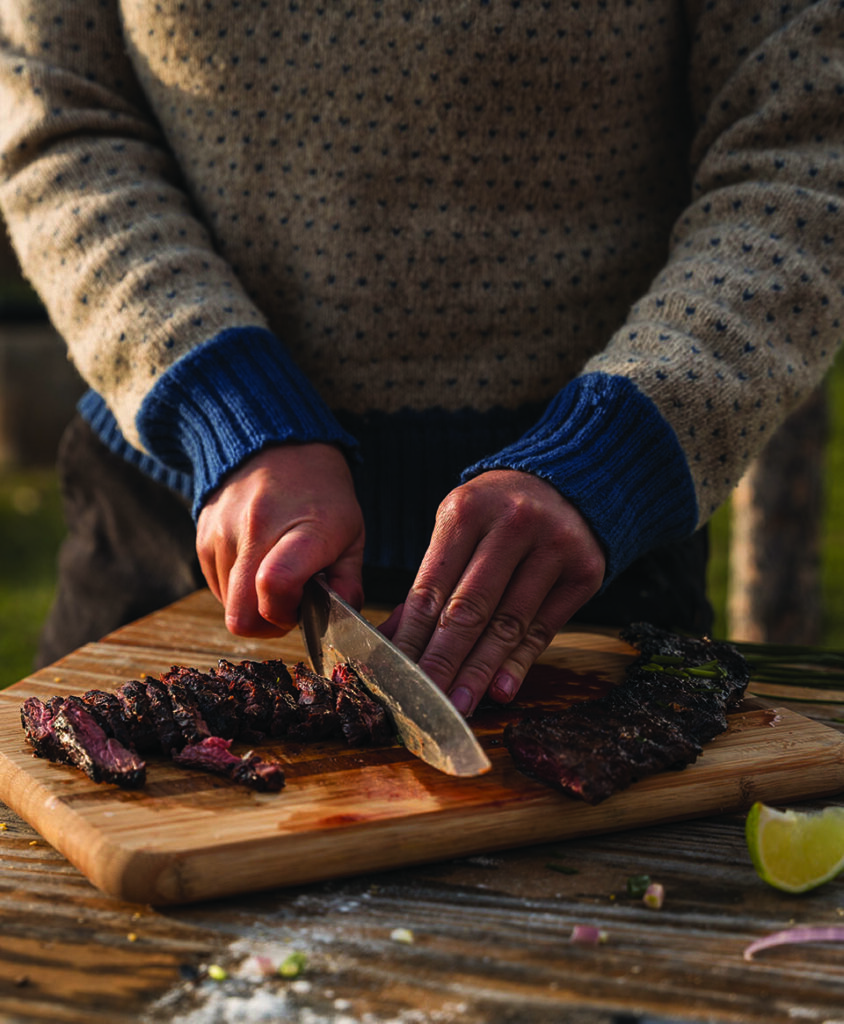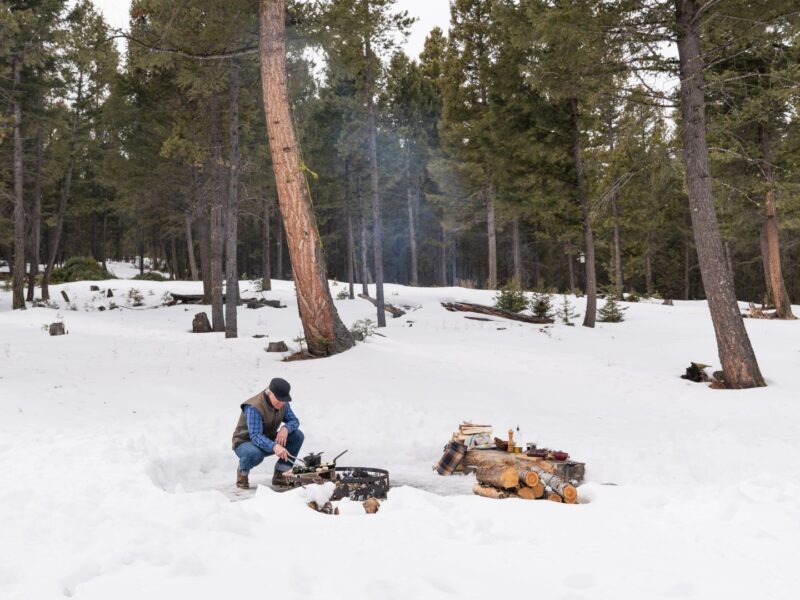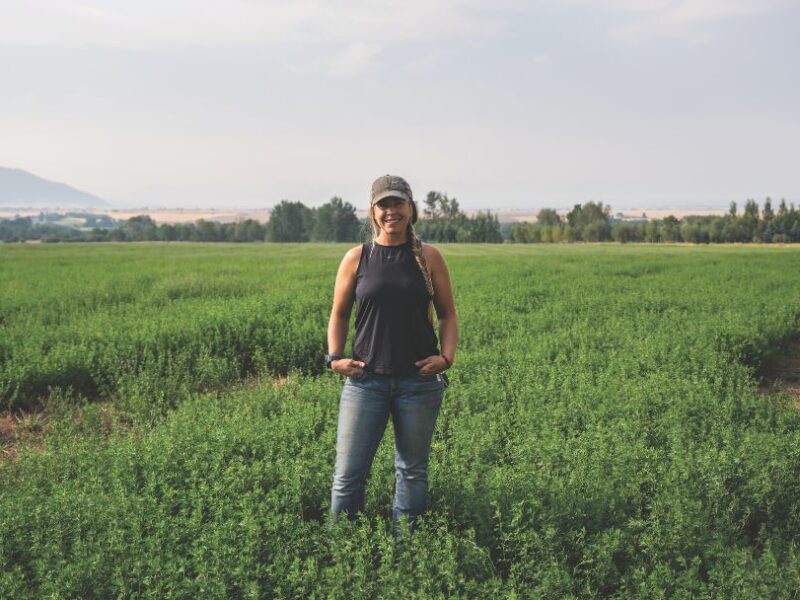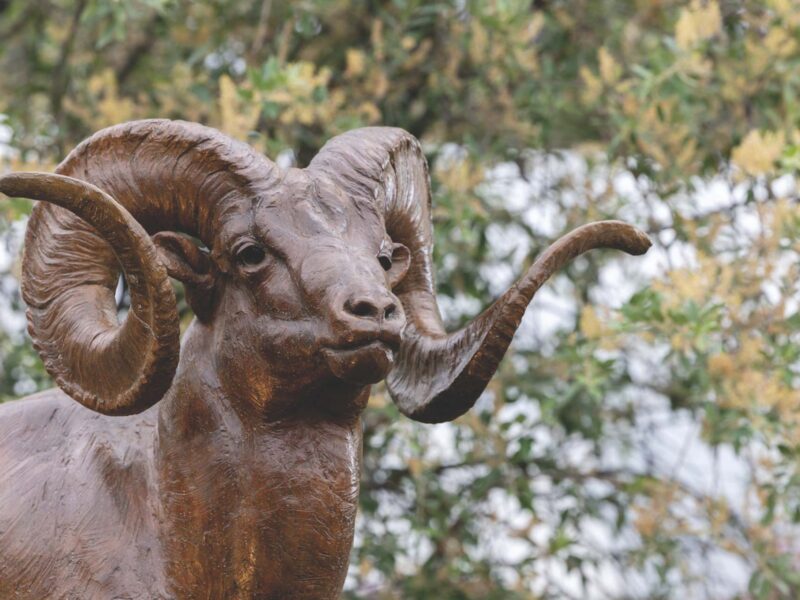
Good food doesn’t need to be fancy
We all need to eat. Why shouldn’t we all eat well? Fresh local ingredients help any dish delight, whether you’re a whiz in the kitchen or not.
I
don’t identify as a foodie. That term carries a pretentious air that completely disinterests me. Good food shouldn’t be pretentious. It should be thoughtfully raised or grown, nutrient dense and accessible.
My journey to a connection with food began, as it has for countless others, with Wendell Berry, the writer and farmer from Henry County, Kentucky. I was 19, fresh off a Greyhound bus from rural Ohio, now in college in the big city of Cincinnati. I remember taking a trip during summer break, on a plane embarking on the first of countless trips out West.
My library copy of Berry’s 1977 “The Unsettling of America: Culture and Agriculture,” already weeks overdue, rested in my lap as I flew over the plains to Colorado. In it, Wendell Berry argued that industrial agriculture is more akin to mining than a conversation with nature, and that these practices and “get big or get out” policies have hollowed out our rural communities and dissociated us from the land, leaving us ecologically depleted and spiritually malnourished.
These ideas unsettled me for a time, and meshed well with my new social circle of young environmental students, urban farmers, artists and entrepreneurs – a wonderful community of people who were, frankly, from more affluence than my Appalachian single-parent household whose hearts pumped coal miner and ironworker blood.
“I became curious about the food I ate. Where did it come from? Who raised this, and how?”
I became curious about the food I ate. Where did it come from? Who raised this, and how? I purchased ground beef from the supermarket and attempted to uncover its origin online, to no avail. I read labels of processed food, and found sugar and palm oil in virtually everything. I learned that a bag of trail mix contained tree nuts from seven different countries. It felt like I was unearthing dirty secrets of our globalized food system.
I was curious, sure, but at that time I couldn’t afford to seriously change my food procurement. I was a near-vegetarian most of the time, because meat was expensive (I now realize I would’ve been better off prioritizing meat, but alas). This is where my ethos around the accessibility of good food emerged.
I’ve learned a lot since I first picked up Wendell Berry’s book as a teenager. I have a great deal of empathy for folks who feel trapped in a system that no longer serves them. I want our supply chains to work better for all of us, and the land, water and wildlife. And from my years of living and working with farmers and ranchers across the West, I think most producers want that too.
Fast forward to today. I’ve lived in Montana for nearly a decade. I married a small farmer with big plans and learned to hunt with occasional success. Nearly every meal we prepare at home incorporates ingredients a friend raised or we grew, gathered or hunted ourselves. I’m not saying we all should live this way. Just that I have found my path to putting good food on the table, and I hope you find yours too.
Skirt Steak Tacos

This skirt steak taco recipe is a versatile meal that is a go-to for busy weeknights. My wife and I decided to up the ante by making our own corn-flour tortillas (King Arthur Baking Co. has a great recipe on their website) and by cooking over an open fire between thunderstorms. The cool nip of early fall in the air made the cookfire a welcoming kitchen. We kept this meal very simple, but you can add rice, beans or just about anything to this dish.
This steak is from a quarter beef we bought from my wife’s childhood best friend, who lives just across the creek from us in the Gallatin Valley. If it weren’t for the riparian band of cottonwoods, we would’ve been able to see these cows grazing from our front porch. To tenderize and flavor this economical cut, we try to marinate it for at least an hour.
My wife, Kacy, grew the garlic and onions. She’s something of a storage crop prodigy. Her first vegetable farming mentor gifted Kacy her own variety of garlic, which Kacy has continued to develop over the past 10 years. It’s a hardneck garlic, so the paper comes off easily, and the cloves are enormous. We just harvested this year’s onion and garlic crop a few weeks ago, and once cured, they will flavor our dishes well into springtime.

Ingredients
1 lb skirt steak
Salt and pepper to taste
3 cloves garlic
1/4 cup olive oil
2 tbsp Worcestershire sauce
1 tbsp ground cumin
Juice of ½ lime
Instructions
Unwrap the skirt steak. If needed, use a sharp knife to trim excess fat, but don’t get carried away or you won’t have anything left! Fat in between the muscle will add moisture and flavor to the meat. Salt and pepper the steak to taste. Roll up the steak like a loose cinnamon roll and place in a bowl with the olive oil, garlic, Worcestershire, cumin and lime juice. Let marinate for at least an hour.
Bring your grill or cookfire to a medium-high heat and place your skirt steak. The steak should sizzle immediately. Grill the steak to your preferred doneness. Don’t walk away! This thin lean cut will cook quickly.
Toward the end of the grilling, squeeze half a lime over the steak. Once the meat reaches your desired doneness, remove from heat and lightly cover, letting it rest for several minutes. Finally, thinly slice the steak against the grain and serve hot.
Quick pickled onions
Quick pickled onions are a super easy addition to dishes that always excite the palate. Best of all, they stay fresh in the refrigerator for up to two weeks, so you can make a full jar at once and use them on multiple meals.


Ingredients
1 large red onion
½ cup apple cider vinegar
½ cup water (plus more as needed)
1 tbsp maple syrup or honey
½ tsp salt
Instructions
Thinly slice a red onion and place the rings in a heat-safe glass jar.
Bring the vinegar, water, maple syrup or honey, and salt to a boil and pour over the onions in the jar.
Use a wooden spoon to ensure all onion is submerged. Add more water to submerge if needed. Set aside and let cool, at least 30 minutes.




